Plant Care Guide For Summer
Caring for plants during summer when shade is scarce requires a careful balance of hydration, soil management, and protective strategies. Direct sunlight can stress foliage, reduce soil moisture, and increase the risk of leaf burn. By applying structured techniques, gardeners can maintain plant health even under intense exposure.
Watering Strategies – Hydration Under Direct Sunlight
Watering is the foundation of plant survival in hot conditions and harsh climates. Without shade, soil dries rapidly, and roots struggle to absorb moisture. Deep watering early in the morning helps plants withstand midday heat. Evening watering is less effective because evaporation rates remain high. Mulching around the base reduces water loss and stabilizes soil temperature. Drip irrigation systems provide consistent hydration without waste. Monitoring soil moisture ensures plants receive adequate support. Overwatering is not good for plants and should be avoided to prevent root rot.
Watering Frequency And Methods
| Time Of Day | Benefit | Risk | Best Practice |
|---|---|---|---|
| Morning | Maximizes absorption | Minimal risk | Deep watering |
| Midday | High evaporation | Leaf burn | Avoid watering |
| Evening | Reduced evaporation | Fungal growth | Light watering only |
| Night | Cool soil | Pest attraction | Not recommended |

Soil Preparation – Building A Resilient Base
Healthy soil is critical for plants exposed to full sun. Organic matter and composts improves water retention and nutrient balance. Compost enriches soil structure, allowing roots to penetrate deeply. Sandy soils drain too quickly, requiring amendments like clay or organic mulch. Soil testing identifies deficiencies that can be corrected before summer stress begins. Adding biochar enhances microbial activity and long-term fertility. Cover crops during cooler months prepare soil for summer resilience.
Key Soil Care Practices
- Add compost regularly to improve structure
- Use mulch to reduce evaporation
- Test soil pH for nutrient balance
- Incorporate organic matter for retention
- Avoid chemical fertilizers that deplete microbes
- Rotate crops to prevent depletion
- Apply biochar for long-term fertility
- Maintain soil aeration through light tilling
- Protect soil with cover crops in off-season
- Monitor moisture levels consistently
Mulching Techniques – Shielding Roots From Heat
Mulching acts as a protective barrier against extreme sunlight. Organic mulches such as straw, bark, or shredded leaves insulate soil and reduce evaporation. Inorganic mulches like gravel reflect heat but may increase soil temperature. A thick layer of mulch stabilizes root zones and prevents weeds. Mulching also improves soil biodiversity by supporting beneficial organisms. Applying mulch after watering locks in moisture. Avoid piling mulch against stems as it can heat and also to prevent rot. Mulch should be replenished throughout summer as it decomposes.
Mulch Types And Benefits
| Mulch Type | Moisture Retention | Temperature Control | Weed Suppression |
|---|---|---|---|
| Straw | High | Moderate | Strong |
| Bark Chips | Moderate | High | Strong |
| Shredded Leaves | High | Moderate | Moderate |
| Gravel | Low | Low | Weak |
Shade Alternatives – Creating Microclimates
When natural shade is limited, artificial solutions become essential. Shade cloths reduce sunlight intensity without blocking airflow. Trellises with climbing plants create living shade. Tall companion plants can shield smaller species. Portable umbrellas or garden canopies provide temporary relief. Positioning pots strategically near structures maximizes partial shade. Reflective barriers redirect sunlight away from sensitive plants. Creating microclimates ensures diverse species thrive together.
Practical Shade Solutions
- Install shade cloths with adjustable density
- Grow climbing plants on trellises
- Use taller plants to protect smaller ones
- Place pots near fences or walls
- Add portable umbrellas for temporary cover
- Position reflective barriers to redirect heat
- Rotate plant placement for balanced exposure
- Create living shade with vines
- Use pergolas for semi-shade areas
- Combine multiple methods for resilience
Fertilization Timing – Supporting Growth Under Stress
Fertilization during summer requires precision. Excess nutrients can burn roots under high heat. Slow-release fertilizers provide steady nourishment without overwhelming plants. Organic options such as compost tea or fish emulsion are gentler. Timing is crucial, with early morning applications being most effective. Avoid fertilizing during midday heat to prevent chemical reactions on leaves. Balanced nutrients strengthen plants against stress. Nitrogen supports foliage, phosphorus aids roots, and potassium enhances resilience.
Fertilizer Types And Effects
| Fertilizer | Benefit | Risk | Best Use |
|---|---|---|---|
| Compost Tea | Gentle nutrition | Minimal risk | Weekly application |
| Fish Emulsion | Boosts growth | Odor issues | Early morning |
| Slow-Release Pellets | Long-term support | Overuse risk | Monthly |
| Chemical Fertilizers | Rapid effect | Root burn | Limited use |
Pest Management – Protecting Vulnerable Plants
Summer heat often attracts pests seeking weakened plants. Aphids, spider mites, and whiteflies thrive in dry conditions. Regular inspection prevents infestations from spreading. Neem oil and insecticidal soap provide natural control. Companion planting deters harmful insects while attracting beneficial ones. Maintaining biodiversity reduces pest dominance. Removing weeds eliminates hiding spots. Strong plants resist pests better than stressed ones.
Pest Control Practices
- Inspect plants weekly for signs of damage
- Apply neem oil for natural protection
- Use insecticidal soap on soft-bodied pests
- Encourage beneficial insects like ladybugs
- Plant marigolds to deter harmful species
- Remove weeds to reduce pest shelter
- Rotate crops to disrupt pest cycles
- Avoid chemical pesticides when possible
- Maintain soil health for stronger plants
- Use sticky traps for monitoring
Irrigation Systems – Sustaining Moisture In Harsh Heat
Installing irrigation systems ensures plants receive consistent hydration during prolonged sun exposure. Drip irrigation delivers water directly to roots, minimizing waste. Sprinklers cover larger areas but risk leaf burn if used during midday. Soaker hoses provide slow, steady moisture distribution. Automated timers prevent overwatering and maintain schedules. Irrigation reduces stress on gardeners while improving plant survival. Systems should be checked regularly for leaks or blockages. Proper installation ensures even coverage across beds. Adjusting flow rates accommodates different plant needs.
Irrigation Options And Effectiveness
| System Type | Coverage | Efficiency | Risk | Best Use |
|---|---|---|---|---|
| Drip Irrigation | Root zone | High | Minimal | Individual plants |
| Sprinklers | Wide area | Moderate | Leaf burn | Lawns and beds |
| Soaker Hose | Linear beds | High | Overwatering | Vegetable rows |
| Manual Watering | Flexible | Low | Inconsistent | Small gardens |
Plant Selection – Choosing Species For Full Sun
Selecting plants suited to direct sunlight reduces stress and improves survival. Native species often are more adaptable and better to local climates. Succulents and cacti thrive in hot, dry conditions. Mediterranean herbs such as rosemary and thyme withstand intense exposure. Heat-tolerant vegetables like peppers and tomatoes perform well. Avoid shade-loving plants that scorch easily. Grouping plants with similar needs simplifies care. Hardy perennials provide long-term resilience. Annuals can be rotated to refresh beds each season.
Sun-Tolerant Plant Choices
- Succulents for drought resistance
- Cacti for extreme heat tolerance
- Rosemary and thyme for Mediterranean resilience
- Peppers and tomatoes for vegetable gardens
- Lavender for fragrance and durability
- Native grasses for soil stability
- Zinnias for colorful blooms
- Marigolds for pest deterrence
- Sunflowers for pollinator attraction
- Basil for culinary use
Container Gardening – Managing Exposure With Mobility
Containers allow gardeners to move plants strategically. Pots can be relocated to shaded areas during peak heat. Lightweight materials reduce effort when repositioning. Self-watering containers maintain hydration longer. Elevated containers improve airflow and reduce soil compaction. Grouping pots together creates microclimates. Container soil dries faster, requiring frequent monitoring. Decorative containers add aesthetic value while serving practical functions. Drainage holes prevent waterlogging. Container gardening provides flexibility in limited-shade environments.
Container Materials And Benefits
| Material | Weight | Moisture Retention | Durability | Best Use |
|---|---|---|---|---|
| Clay | Heavy | Moderate | High | Permanent setups |
| Plastic | Light | Low | Moderate | Portable gardens |
| Wood | Moderate | High | Moderate | Raised beds |
| Metal | Heavy | Low | High | Decorative use |
Companion Planting – Creating Natural Protection
Companion planting enhances resilience by pairing species with complementary traits. Tall plants shield smaller ones from direct sunlight. Herbs deter pests while supporting pollinators. Ground covers reduce soil evaporation. Diversity strengthens ecosystems against stress. Companion planting also improves nutrient cycling. Strategic placement maximizes benefits across beds. This method reduces reliance on artificial shade. It fosters natural balance within gardens. Companion planting is sustainable and adaptable.
Companion Planting Practices
- Use tall plants to shade smaller ones
- Plant herbs to deter pests naturally
- Add ground covers to retain moisture
- Mix flowers to attract pollinators
- Rotate crops for soil health
- Pair legumes with heavy feeders for nitrogen
- Combine vegetables with herbs for balance
- Avoid overcrowding to reduce stress
- Encourage biodiversity for resilience
- Adapt combinations seasonally

Heat Stress Signs – Identifying Plant Distress
Recognizing signs of heat stress prevents long-term damage. Wilting leaves indicate dehydration. Yellowing foliage suggests nutrient imbalance. Brown edges reveal sunburn. Stunted growth reflects root stress. Flower drop occurs under extreme heat. Curling leaves signal water loss. Cracked soil highlights insufficient moisture. Pest infestations often follow weakened plants. Early detection allows corrective action. Monitoring daily ensures timely intervention.
Heat Stress Indicators
| Symptom | Cause | Solution |
|---|---|---|
| Wilting Leaves | Dehydration | Deep watering |
| Yellowing Foliage | Nutrient imbalance | Balanced fertilization |
| Brown Edges | Sunburn | Provide shade |
| Stunted Growth | Root stress | Improve soil |
| Flower Drop | Extreme heat | Adjust watering |
Protective Barriers – Guarding Against Excessive Sun
Physical barriers reduce direct exposure. Garden netting filters sunlight while allowing airflow. Wooden screens provide partial shade. Reflective panels redirect heat away from sensitive plants. Windbreaks reduce desiccation from hot breezes. Barriers can be temporary or permanent. Positioning barriers strategically maximizes effectiveness. Combining barriers with mulching enhances protection. Barriers also add structural interest to gardens. Maintenance ensures durability throughout summer.
Barrier Options For Gardens
- Install garden netting for filtered light
- Use wooden screens for partial shade
- Add reflective panels to redirect heat
- Build windbreaks to reduce desiccation
- Position barriers strategically for coverage
- Combine barriers with mulching for resilience
- Maintain barriers regularly for durability
- Adapt barrier placement seasonally
- Use portable barriers for flexibility
- Integrate barriers into garden design
Nutrient Balance – Strengthening Plants Against Heat
Balanced nutrition supports plants under stress. Nitrogen promotes foliage growth. Phosphorus strengthens roots. Potassium enhances resilience. Micronutrients prevent deficiencies. Organic fertilizers provide steady nourishment. Over-fertilization risks root burn. Foliar feeding supplements nutrients quickly. Soil testing guides adjustments. Balanced nutrients improve photosynthesis efficiency. Healthy plants withstand heat better.
Nutrient Sources And Benefits
| Nutrient | Function | Source | Best Application |
|---|---|---|---|
| Nitrogen | Foliage growth | Compost, manure | Early growth |
| Phosphorus | Root strength | Bone meal | Planting stage |
| Potassium | Resilience | Wood ash | Mid-season |
| Micronutrients | Deficiency prevention | Seaweed extract | As needed |
Seasonal Adjustments – Adapting Care Routines
Summer care requires flexible routines. Watering schedules must adapt to heat waves. Fertilization should be reduced during extreme conditions. Pest monitoring becomes more frequent. Shade solutions may need repositioning. Soil moisture must be checked daily. Mulch layers should be replenished regularly. Container plants require closer observation. Companion planting combinations may shift. Seasonal adjustments prevent long-term damage. Flexibility ensures resilience.
Adaptive Care Practices
- Adjust watering during heat waves
- Reduce fertilization in extreme heat
- Increase pest monitoring frequency
- Reposition shade solutions as needed
- Check soil moisture daily
- Replenish mulch layers regularly
- Observe container plants closely
- Shift companion planting combinations
- Adapt routines to weather changes
- Maintain flexibility for resilience
Root Protection – Safeguarding The Foundation
Roots are the lifeline of plants, and in summer heat they are most vulnerable. Direct sunlight heats the soil, stressing root systems. Covering soil with mulch or ground covers reduces exposure. Deep watering ensures moisture reaches root zones. Avoid shallow watering that evaporates quickly. Root barriers can prevent excessive heat penetration. Healthy roots support foliage and flowers even under stress. Soil aeration improves oxygen flow to roots. Compost enriches root environments with nutrients. Protecting roots is essential for long-term resilience.
Root Care Practices
- Apply mulch to insulate soil
- Water deeply to reach root zones
- Avoid shallow watering that evaporates quickly
- Use root barriers for heat protection
- Aerate soil to improve oxygen flow
- Add compost for nutrient enrichment
- Prevent soil compaction around roots
- Monitor root health regularly
- Maintain consistent moisture levels
- Protect roots during transplanting
Leaf Care – Preserving Photosynthesis Efficiency
Leaves are the primary site of photosynthesis and must be protected. Excessive sunlight causes leaf burn and reduces efficiency. Regular misting can cool foliage without overwatering. Avoid misting during midday to prevent scorch. Nutrient sprays strengthen leaf resilience. Removing damaged leaves prevents disease spread. Healthy leaves improve plant energy production. Shade cloths reduce direct exposure. Companion plants can shield delicate foliage. Monitoring leaf color reveals nutrient status. Balanced care ensures strong photosynthesis.
Leaf Stress And Solutions
| Leaf Symptom | Cause | Solution |
|---|---|---|
| Burnt Edges | Excess sunlight | Provide shade cloth |
| Yellowing | Nutrient deficiency | Apply balanced fertilizer |
| Curling | Water loss | Increase hydration |
| Spots | Fungal infection | Use organic fungicide |
| Dropping | Heat stress | Adjust watering schedule |
Flower And Fruit Care – Protecting Reproductive Growth
Flowers and fruits are highly sensitive to heat. Excessive sunlight causes flower drop and fruit cracking. Consistent watering stabilizes development. Mulching reduces soil temperature around fruiting plants. Shade cloths protect delicate blooms. Pollinators require healthy flowers, so maintaining them is vital. Fertilization supports reproductive growth. Pruning improves airflow and reduces stress. Monitoring fruit development prevents damage. Balanced care ensures successful harvests.
Flower And Fruit Care Practices
- Water consistently to prevent stress
- Apply mulch to stabilize soil temperature
- Use shade cloths for delicate blooms
- Fertilize to support reproductive growth
- Prune for improved airflow
- Monitor fruit development closely
- Prevent cracking with hydration balance
- Encourage pollinators with healthy flowers
- Remove damaged blooms to prevent disease
- Support plants with stakes for stability
Climate Adaptation – Preparing For Extreme Conditions
Gardens must adapt to changing climate patterns. Heat waves require flexible watering schedules. Drought conditions demand water conservation techniques. Windbreaks protect against hot breezes. Soil amendments improve resilience. Selecting climate-adapted plants reduces stress. Monitoring weather forecasts guides adjustments. Portable shade structures provide emergency relief. Seasonal planning ensures long-term success. Climate adaptation strengthens garden ecosystems. Preparedness prevents irreversible damage.
Climate Adaptation Strategies
| Condition | Risk | Adaptation |
|---|---|---|
| Heat Wave | Dehydration | Increase watering frequency |
| Drought | Water scarcity | Use drip irrigation |
| Hot Winds | Desiccation | Install windbreaks |
| Extreme Sun | Leaf burn | Apply shade cloth |
| Variable Rain | Soil erosion | Add ground covers |
Morning Routines – Setting Plants Up For Success
Morning routines establish resilience before the day’s heat intensifies. Watering early ensures moisture penetrates deeply. Fertilization in the morning reduces chemical stress. Pest inspections are easier when temperatures are cooler. Adjusting shade cloths before midday prevents leaf burn. Soil moisture checks guide irrigation decisions. Mulching after watering locks in hydration. Container plants benefit from repositioning during morning hours. Morning routines reduce stress throughout the day. Consistency builds long-term resilience.
Morning Care Practices
- Water plants deeply before sunrise
- Fertilize lightly to avoid midday stress
- Inspect foliage for pests and damage
- Adjust shade cloths for protection
- Check soil moisture levels
- Apply mulch after watering
- Reposition containers for optimal exposure
- Remove weeds to reduce competition
- Refresh companion planting arrangements
- Maintain consistency daily
Evening Routines – Cooling And Recovery
Evening care helps plants recover from heat stress. Light watering stabilizes soil moisture. Avoid heavy watering to prevent fungal growth. Inspecting leaves reveals signs of sunburn. Removing damaged foliage prevents disease spread. Pest monitoring is effective as insects become active. Adjusting barriers prepares gardens for the next day. Soil aeration improves oxygen flow overnight. Compost applications enrich soil during cooler hours. Evening routines balance hydration and protection. Recovery ensures resilience for the following day.
Evening Care Table
| Task | Benefit | Risk | Best Practice |
|---|---|---|---|
| Light Watering | Stabilizes soil | Fungal growth | Minimal hydration |
| Leaf Inspection | Detects damage | None | Remove burnt leaves |
| Pest Monitoring | Early detection | None | Use traps |
| Barrier Adjustment | Prepares garden | None | Reposition screens |
| Compost Application | Enriches soil | Overuse | Moderate addition |

Seasonal Planning – Preparing Ahead For Heat Waves
Planning ahead ensures gardens withstand unpredictable summers. Weather forecasts guide watering schedules. Shade structures can be prepared before heat waves. Soil amendments improve resilience in advance. Selecting heat-tolerant plants reduces stress. Companion planting combinations can be adjusted seasonally. Mulch layers should be replenished before peak heat. Irrigation systems must be tested regularly. Pest control strategies should be planned early. Seasonal planning prevents emergency interventions. Preparedness strengthens long-term success.
Seasonal Planning Practices
- Monitor weather forecasts closely
- Prepare shade structures before heat waves
- Amend soil for resilience
- Select heat-tolerant plants
- Adjust companion planting combinations
- Replenish mulch layers early
- Test irrigation systems regularly
- Plan pest control strategies in advance
- Rotate crops seasonally
- Maintain flexibility in routines
Long-Term Resilience – Building Sustainable Gardens
Sustainable practices ensure gardens thrive beyond one season. Organic amendments improve soil fertility long-term. Biodiversity strengthens ecosystems against stress. Companion planting fosters natural balance. Mulching supports microbial activity. Irrigation systems conserve water efficiently. Climate-adapted plants reduce dependency on artificial shade. Seasonal planning builds resilience year after year. Pest management through natural methods avoids chemical reliance. Sustainable gardens withstand extreme conditions. Long-term resilience transforms challenges into opportunities.
Sustainable Practices Table
| Practice | Benefit | Long-Term Effect |
|---|---|---|
| Organic Amendments | Fertility | Improved soil health |
| Biodiversity | Balance | Stronger ecosystems |
| Mulching | Moisture retention | Microbial support |
| Irrigation Systems | Efficiency | Water conservation |
| Climate-Adapted Plants | Reduced stress | Sustainable growth |
Conclusion – Thriving Gardens In Harsh Summers
Each layer—from roots to leaves, flowers to fruit, morning routines to long-term resilience—reinforces survival under limited shade. By applying these strategies consistently, gardeners can transform harsh summers into thriving seasons.
Join The Discussion – Share Your Summer Care Tips
Gardening is a collective journey, and every adaptation adds value. Share your personal methods, creative solutions, and lessons learned. Together, we build stronger, more resilient gardening communities.
#SummerPlantCare #GardeningWithoutShade #ResilientGardens #PlantHealth #EcoGardening #SoilCare #WateringTips #MulchingMethods #ShadeSolutions #PestManagement


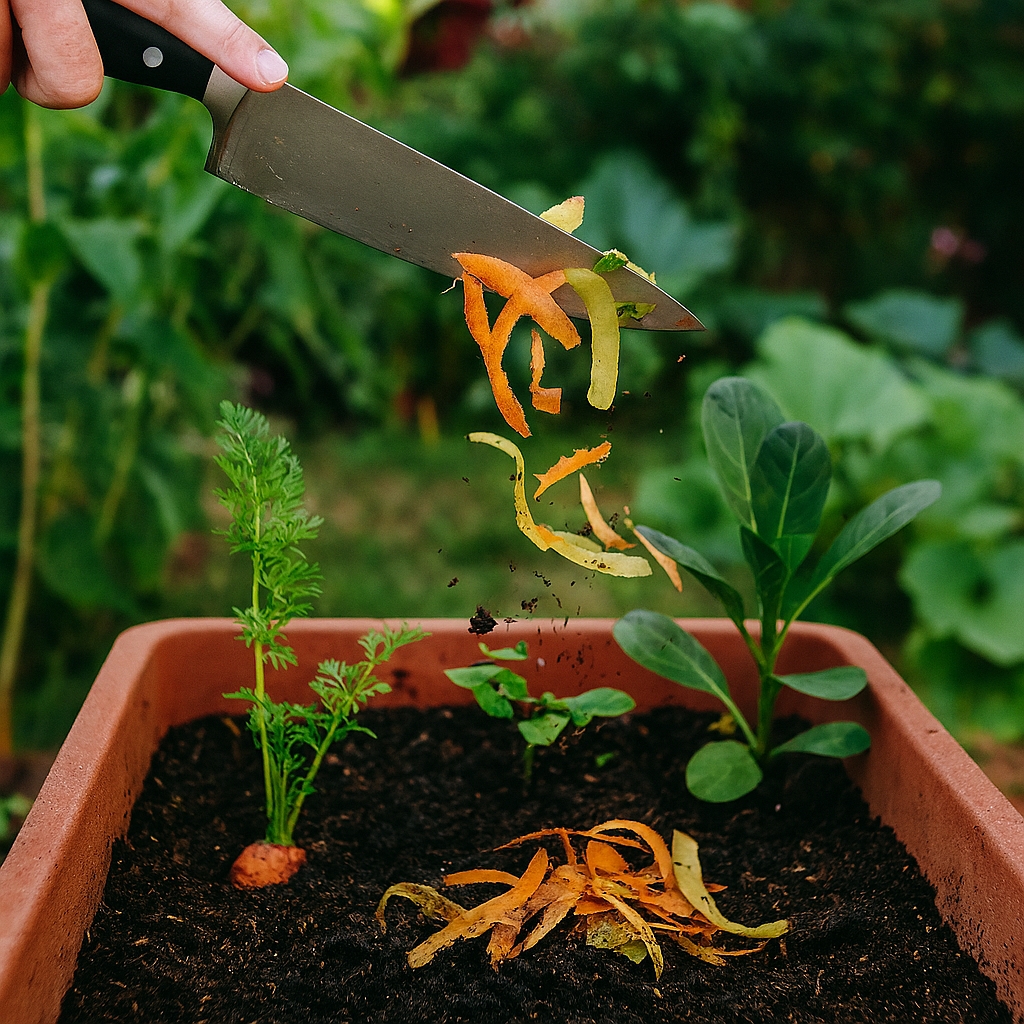
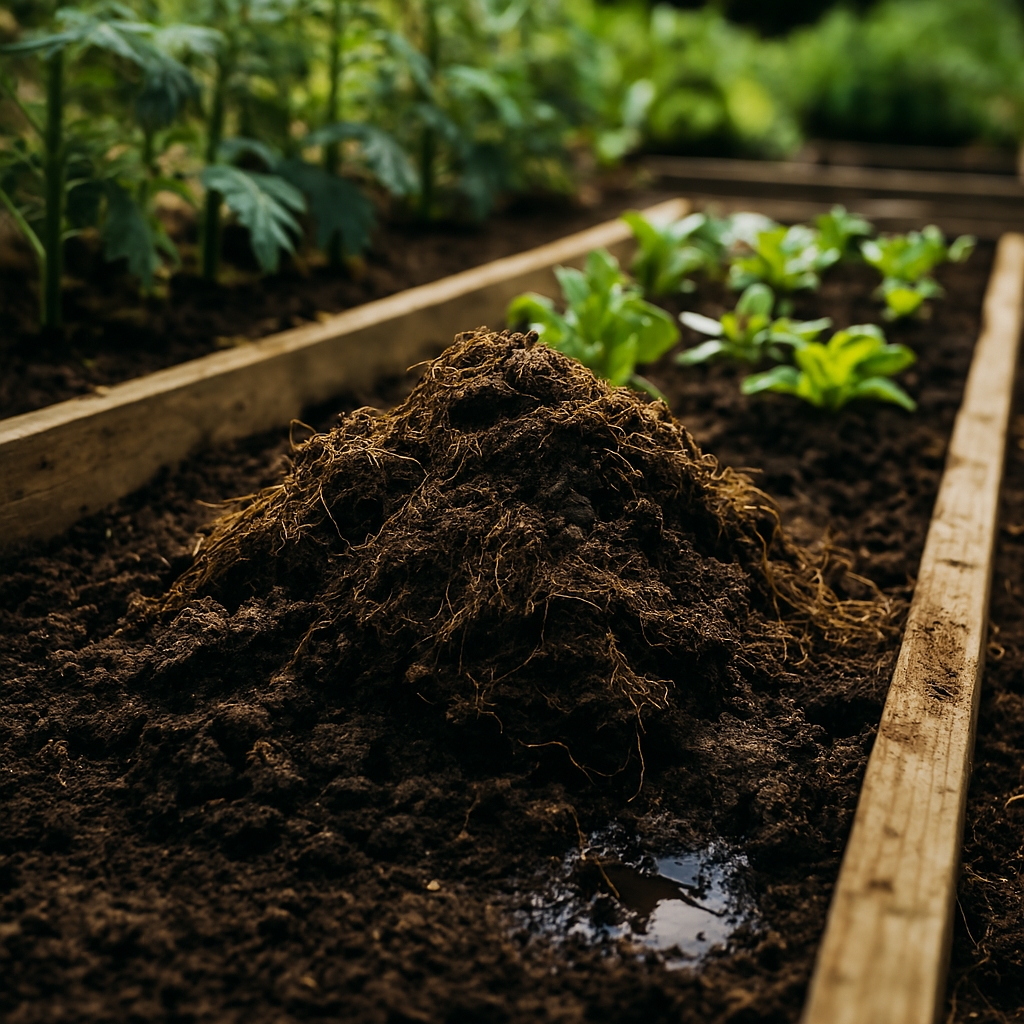

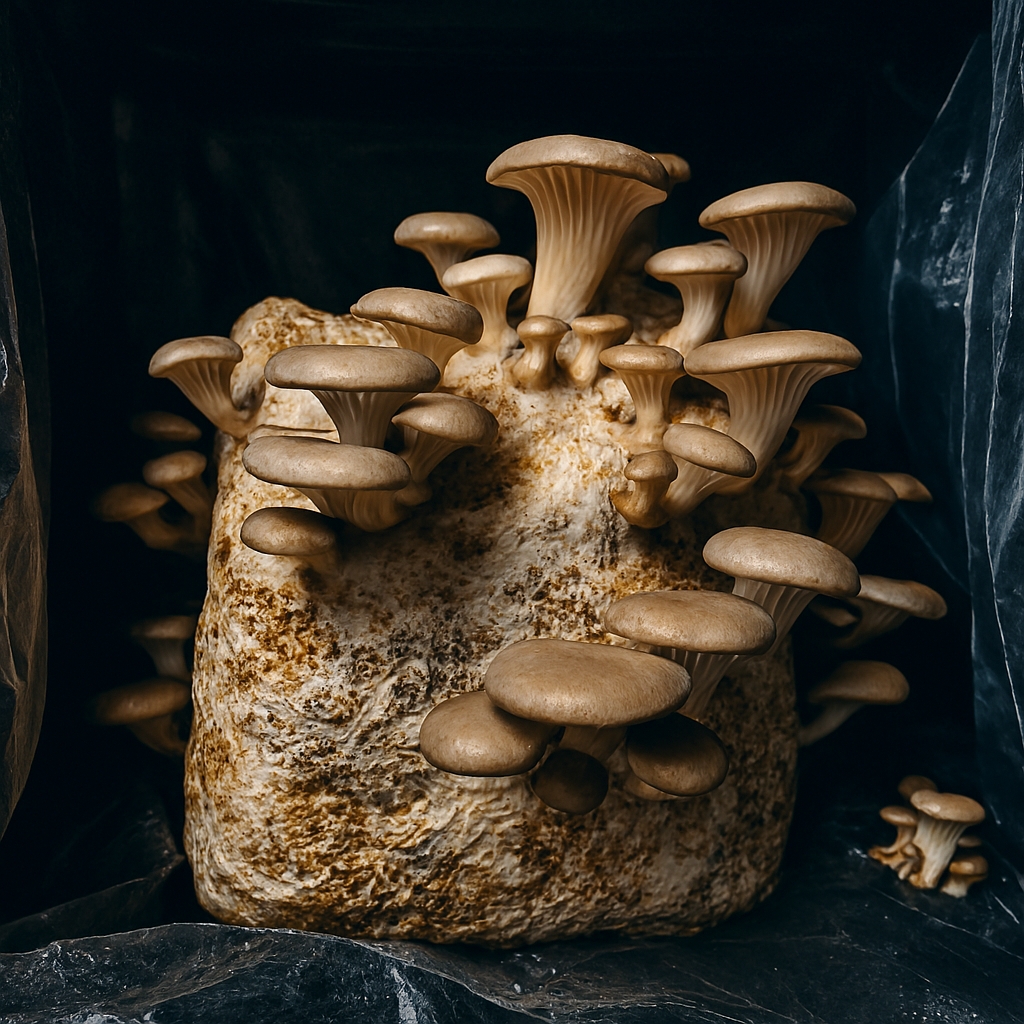
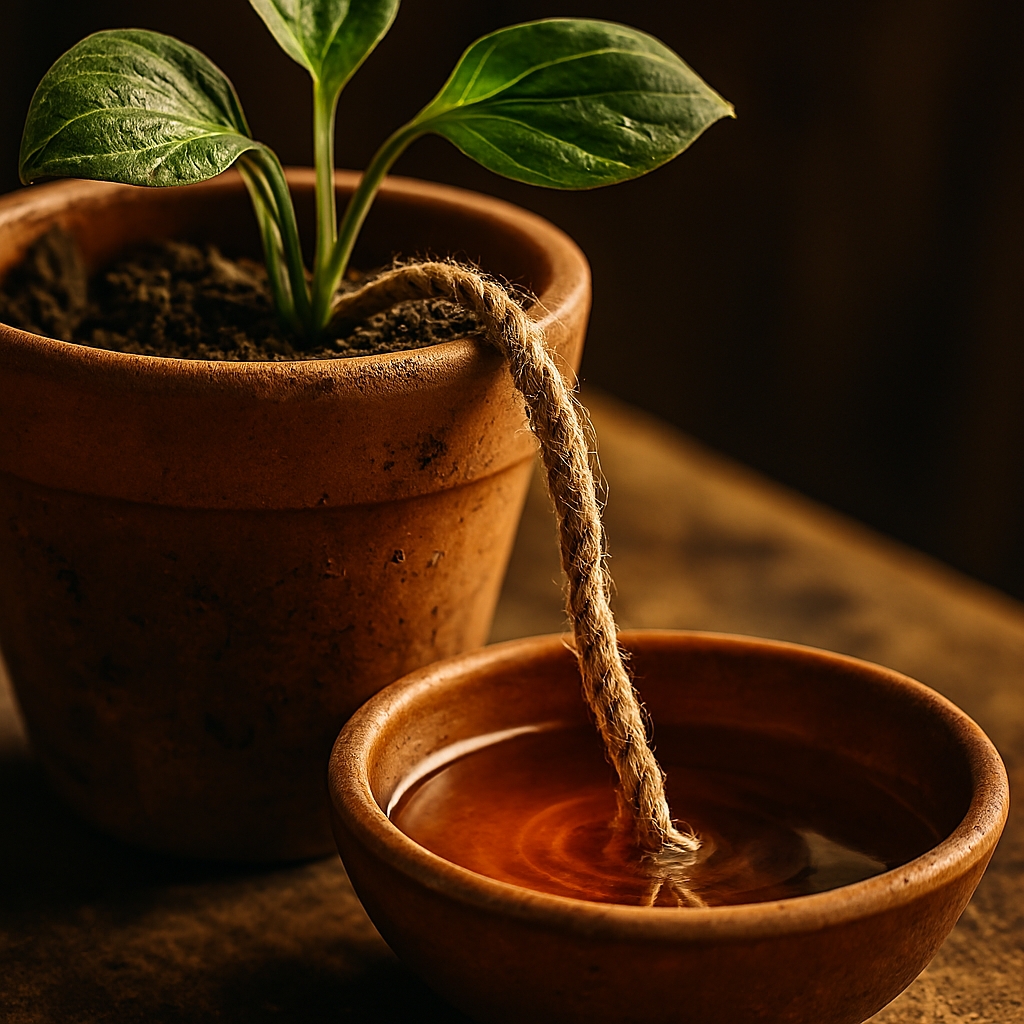
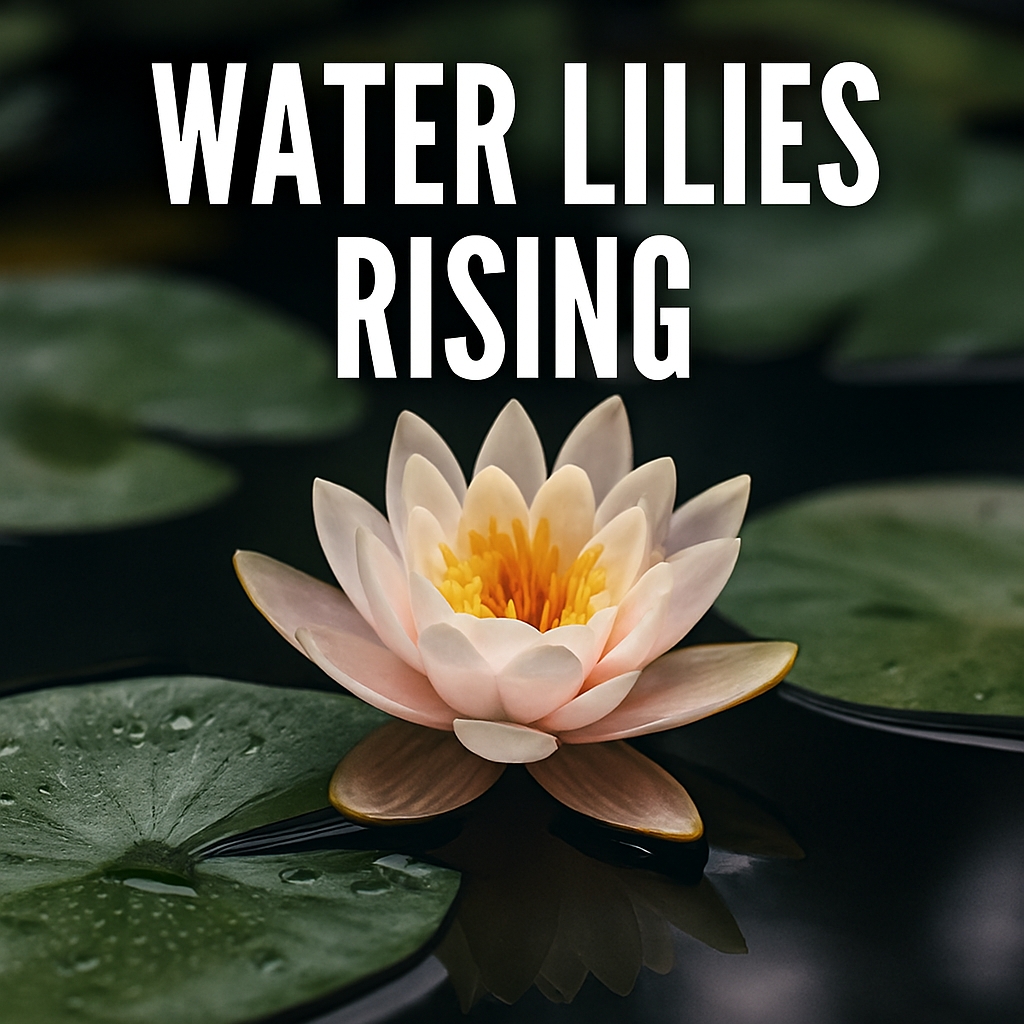


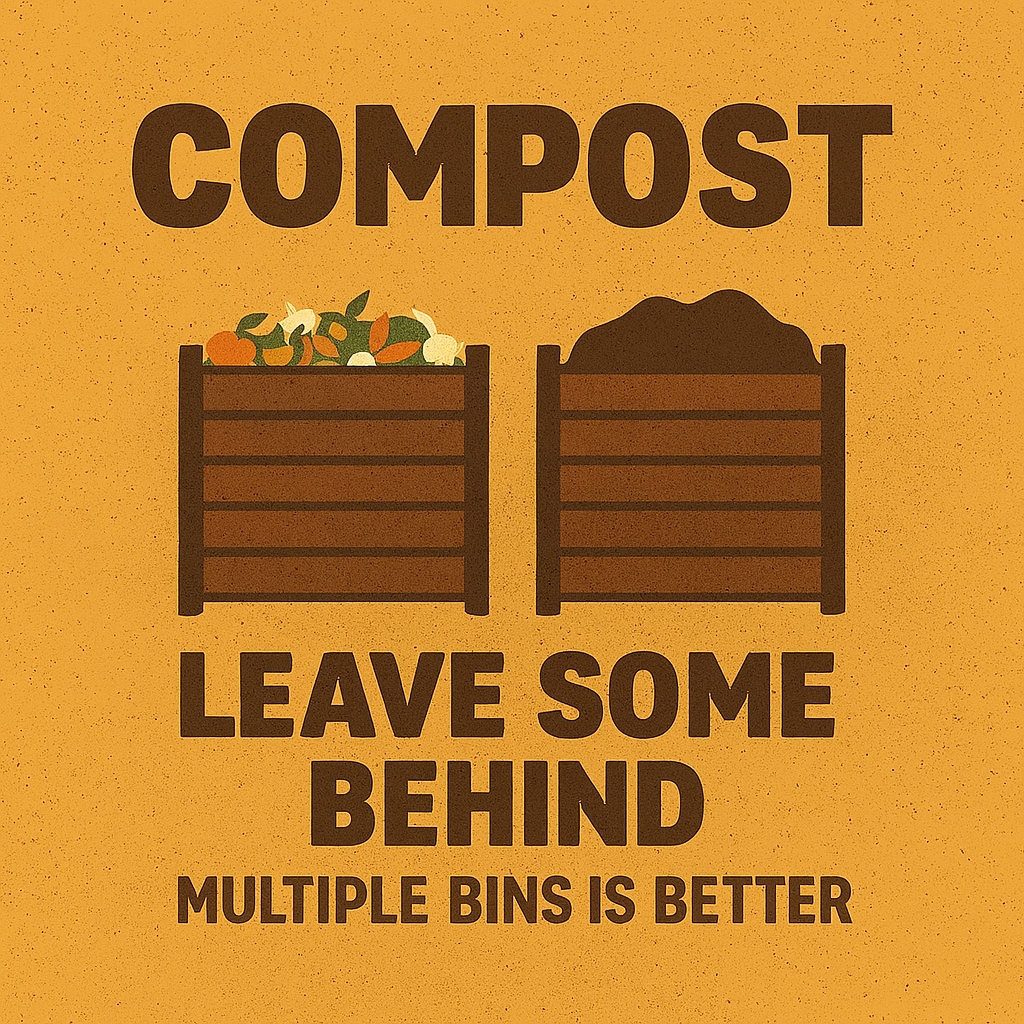


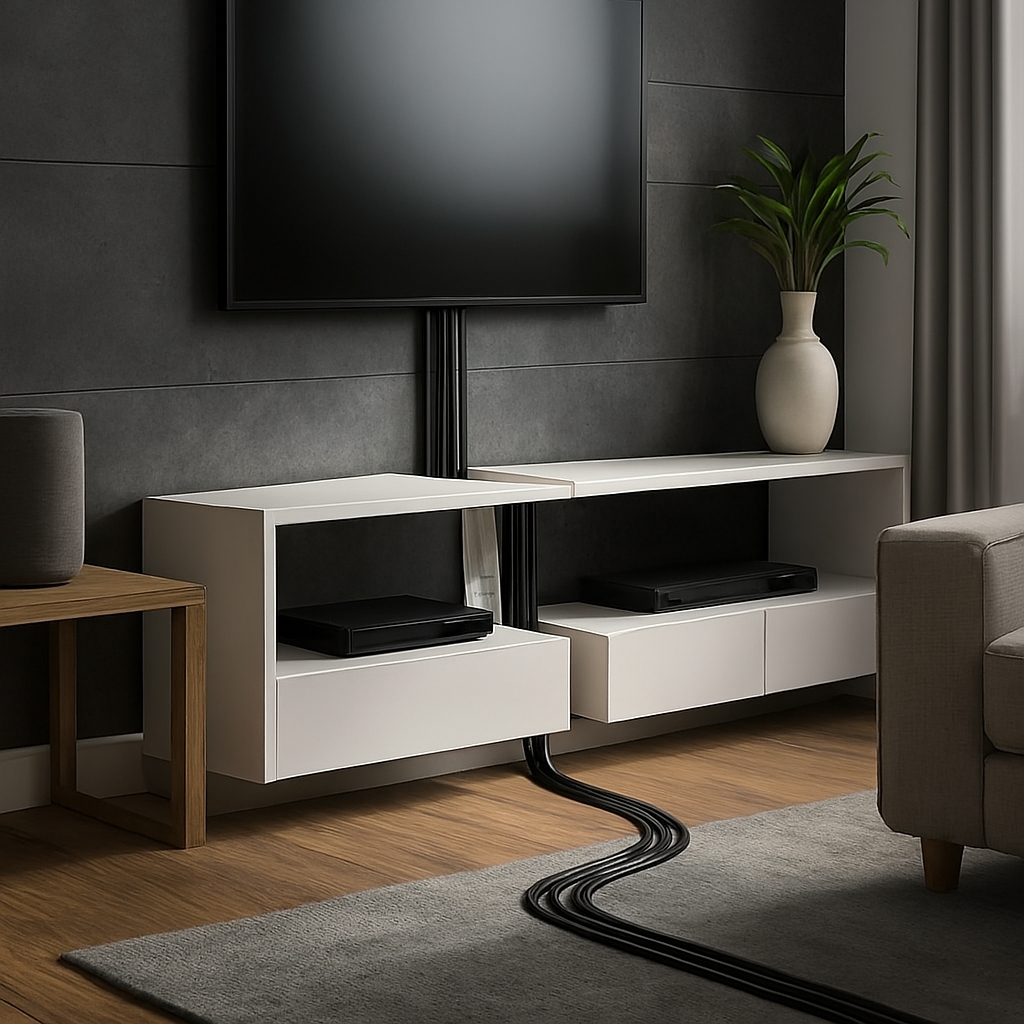

Leave a Reply